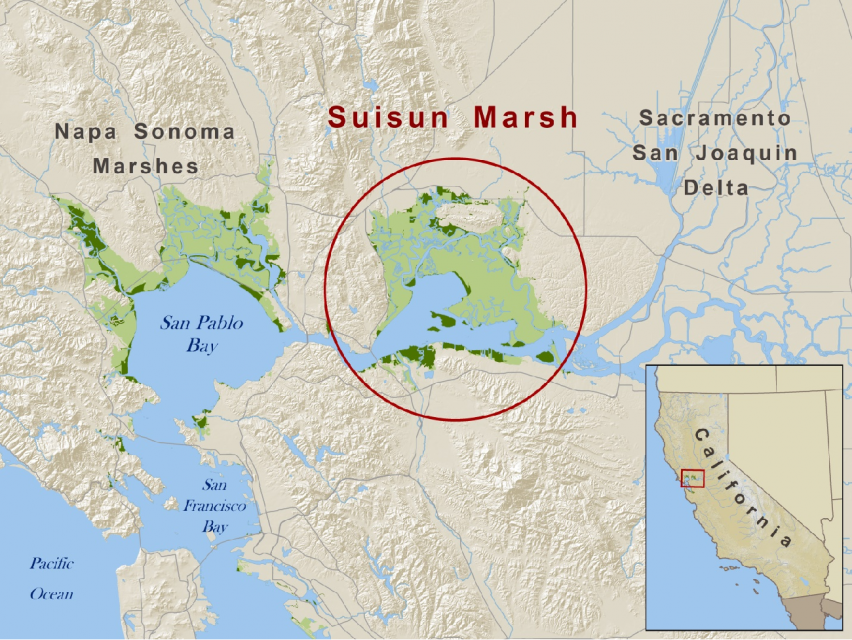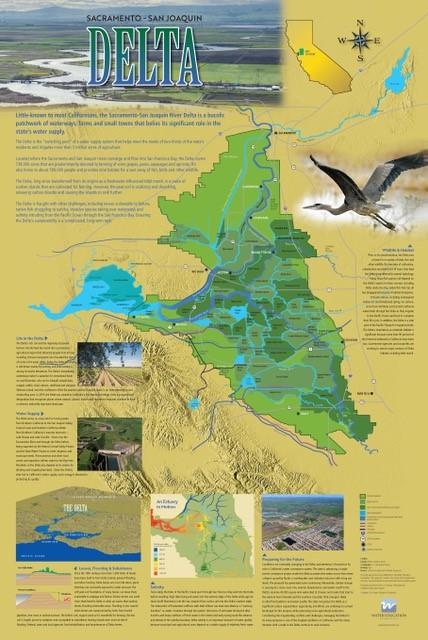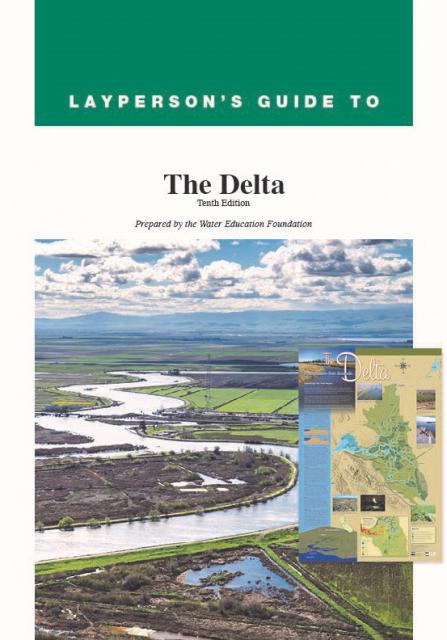Suisun Marsh
 Suisun Marsh is where fresh water
from the Sacramento-San Joaquin
Delta mixes with salt water from San Francisco Bay. The
116,000-acre marsh is the largest contiguous brackish-water
wetland in California and perhaps the entire western coast of
North America, providing food and habitat for thousands of
migratory birds on the Pacific Flyway and many species of plants,
fish and wildlife.
Suisun Marsh is where fresh water
from the Sacramento-San Joaquin
Delta mixes with salt water from San Francisco Bay. The
116,000-acre marsh is the largest contiguous brackish-water
wetland in California and perhaps the entire western coast of
North America, providing food and habitat for thousands of
migratory birds on the Pacific Flyway and many species of plants,
fish and wildlife.
Biodiversity
It is a complex of tidal wetlands, diked seasonal wetlands, sloughs and upland grassland that comprises more than 10 percent of the remaining wetlands in California.
The marsh is a center of significant biodiversity because of its continued protection and management as a wetland ecosystem. The state and private duck clubs manage most of the marsh, primarily for hunting and wildlife conservation.
The diversity is reflected in the wide array of plants and animals, especially native species, like the endangered salt marsh harvest mouse. Some species, such as the Suisun song sparrow and Suisun thistle are largely endemic to the marsh, as detailed in the book, Suisun Marsh, Ecological History and Possible Futures.
Salinity Control
 State Water Project and Central Valley
Project exports from the south Delta reduce the Delta outflow to
the ocean, which increases salinity. In the 1980s, project
managers installed several salinity control gates in Suisun Marsh
to protect wildlife habitat.
State Water Project and Central Valley
Project exports from the south Delta reduce the Delta outflow to
the ocean, which increases salinity. In the 1980s, project
managers installed several salinity control gates in Suisun Marsh
to protect wildlife habitat.
These gates are opened when water flowing out of the Delta is fresh (generally in the winter) and are closed when the saltwater creeps back up the Bay in the summer.
Challenges
Since at least 2015, scientific fish surveys of the Delta and Suisun Marsh have shown an ongoing, sweeping population crash of native species.
Declines of some species, particularly Delta smelt, have triggered requirements under the U.S. Endangered Species Act to curtail pumping rates at the federal and state export facilities in the south Delta. Operators of the pumps must also restore 8,000 acres of tidal wetlands.
Efforts to meet the restoration target, including a former duck club hunting grounds on the eastern edge of Grizzly Bay in Suisun Marsh that supports chinook salmon, longfin smelt and, historically, Delta smelt. Dikes and berms were removed to allow full daily tidal exchanges to resume. Completed in 2019, the 420-acre Tule Red Tidal Restoration Project is managed by the state Department of Fish and Wildlife with funding from the Department of Water Resources, operator of the state’s Delta pumping plant.
Updated May 2024










